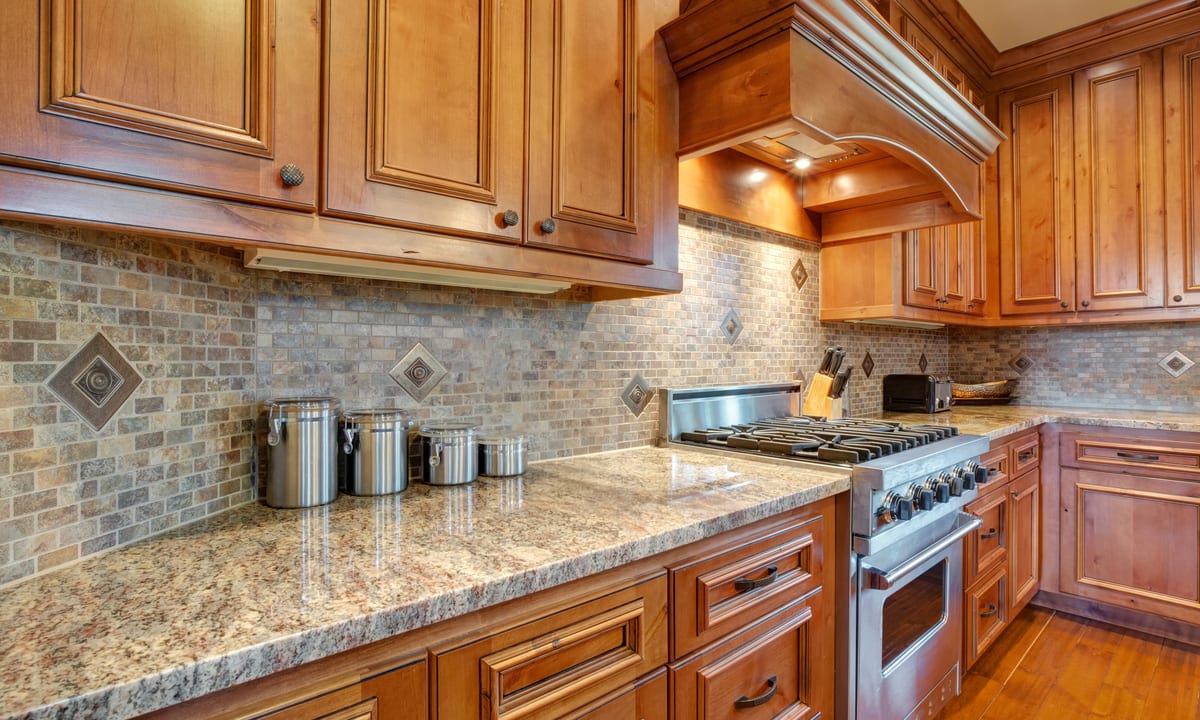Selecting Appliances for Energy-Efficient Home Cooking
Choosing the right appliances and complementary kitchen elements can cut energy use while improving cooking performance. This article outlines practical guidance on selecting cookware, planning layout, and balancing materials, ergonomics, and maintenance so home cooks can create a more efficient, durable kitchen environment.

Selecting appliances and arranging the space around them affects daily energy use as much as the appliance ratings themselves. Consider how cookware, utensils and prep workflows interact with ovens, cooktops and refrigeration when planning upgrades. Thoughtful choices about materials, layout and storage can reduce heat loss, shorten cooking times and simplify cleaning. This article focuses on practical factors—appliances, cookware, ergonomics, organization, materials and sustainability—to help you design a kitchen that supports energy-efficient home cooking without sacrificing usability.
cookware: Choosing efficient pots and pans
Cookware directly affects how quickly food heats and how much energy is needed. Opt for flat-bottomed pans that match the size of the heating element to minimize wasted heat. Heavy-gauge materials such as stainless steel with aluminum or copper cores improve heat distribution, reducing hot spots and cooking time. Use lids to trap heat and choose appropriately sized pots so you don’t heat excess volume. Proper utensils that conduct less heat to handles help with safety and efficiency. Regular maintenance, like deglazing and avoiding burnt-on residues, preserves thermal performance over time.
appliances: Matching capacity and efficiency
Select appliances whose capacity matches your household needs; oversized ovens or refrigerators use more energy when cycling to maintain temperature. Look for models with efficient insulation and modern compressors for refrigeration, and convection options in ovens to shorten bake times. Induction cooktops transfer energy more directly to cookware than traditional electric coils, often reducing cooking durations. When evaluating appliances, consider actual usage patterns — frequency of use, typical batch sizes, and integration with countertop prep areas — to ensure energy-efficient operation during daily cooking.
materials: Durable construction for long-term savings
Countertops, backsplash materials and appliance finishes influence both durability and maintenance energy. Nonporous, easy-to-clean surfaces reduce the need for energy-intensive cleaning treatments and help maintain hygienic prep zones. Materials that quickly dissipate heat near cooktops can prevent excess warming of surrounding cabinetry and countertops. Selecting durable materials reduces the frequency of replacements, supporting sustainability. Consider material lifecycles and repairability; components that are serviceable extend appliance life and lower the embedded energy cost of premature replacement.
ergonomics: How layout and seating support efficiency
A well-planned layout reduces unnecessary movement and time spent during prep, which indirectly lowers energy use by shortening appliance run times. Arrange prep, cooktop and cleaning zones in a compact triangle to streamline workflows. Comfortable seating at a nearby island can keep guests or helpers out of the active prep zone without disrupting movement. Proper task lighting and countertop heights that suit the primary cook reduce bending and reaching, improving safety and efficiency. Thoughtful ergonomics encourage faster, more organized cooking sessions that tend to consume less energy.
organization: Storage and workflow to minimize waste
Effective organization and storage cut idle time and prevent repeated heating. Store frequently used utensils, cookware and prep tools near the stove and prep surfaces to avoid back-and-forth trips. Use clear containers and labels in pantry storage so you can plan meals and defrost or preheat only what’s necessary. Efficient fridge and freezer organization reduces door-open time and temperature swings. Incorporating dedicated prep zones, with designated utensil holders and accessible storage, supports batch cooking and better energy management during busy meal times.
sustainability and maintenance: Longevity and repairability
Sustainable choices combine efficient operation with maintenance practices that extend appliance life. Regular cleaning of oven elements, condenser coils and range hoods maintains airflow and thermal efficiency. Replace seals and gaskets when they wear to prevent heat loss. Choose appliances with accessible spare parts and clear service documentation to facilitate repairs rather than replacement. Sustainable materials for utensils and cookware, and routine maintenance of countertops and backsplash surfaces, reduce waste and keep the kitchen functioning efficiently for longer periods.
Selecting energy-conscious lighting, such as focused LED task lights, and specifying backsplash and countertop finishes that reflect light can further reduce the need for excessive ambient lighting during prep. Thoughtful integration of these elements — appliances that suit household patterns, cookware that matches heat sources, a layout that reduces unnecessary movement, and storage that supports organized prep — creates a kitchen that conserves energy while remaining highly usable.
In summary, appliance choice is one component of a broader system that determines kitchen energy use. Balancing appropriate appliance capacity, efficient cookware, durable materials, ergonomic layout and disciplined organization yields practical energy savings. Regular maintenance and repairability extend the useful life of equipment and materials, supporting both sustainability and long-term efficiency.





